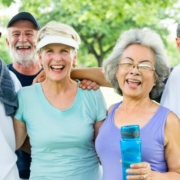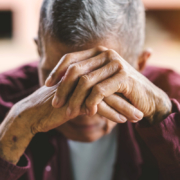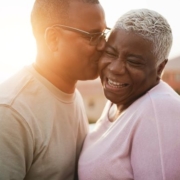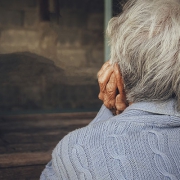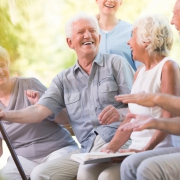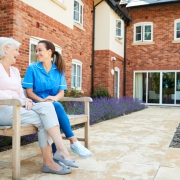The Simple Things You Can Do To Live Longer
With advances in medicine, technology, and life science, we are now living longer, on average, than previous generations. But simply living a longer life should not be the goal. Maintaining a healthy quality of life should be. After all, who wants to live a long life filled with sickness and ailments?
The earlier you adopt a healthy lifestyle, the better your chance of living a long, healthy life. Here are some simple things you can do to improve your lifestyle.
Smoking
If you are not a smoker or tobacco user, that’s good. Make sure you don’t become one. Avoid breathing second-hand smoke whenever possible. If you are a smoker, find a way to quit. Try nicotine patches, gum, or hypnotherapy. Figure out what works for you and do it. Breath is life, and keeping your respiratory system healthy increases your lifespan.
Exercise
Exercising for 30 minutes each day is imperative for longevity. The best and easiest daily exercise is walking. If you are out of shape and 30 minutes of exercise every day seems unachievable, then start with 10 minutes. As your stamina improves, increase your exercise time to 20 minutes each day. As you build up to 30 minutes of daily exercise, make sure your pace is moderate to vigorous.
Try making a routine of walking every morning. Walking will help you lose weight and gain muscle. Adding other exercises to your routine, such as swimming and weightlifting, will help you create a well-rounded exercise regimen. Joining a class can be helpful since classes are at set times, which can help you establish a routine. Talk with your doctor before starting a new exercise regimen.
Healthy Diet
We all know that a healthy diet plays a significant role in living a long, healthy life. There are many books and articles about which diet is the best. The best diet for you, though, is a healthy diet you can achieve and maintain. Talking with your doctor will help you choose a healthy diet that works for you.
When shopping for food at your local supermarket, keep in mind that healthier foods are generally found around the outskirts of the store. You will find fresh fruits and vegetables, lean meats, and dairy products there. The inside aisles of supermarkets are stocked with food products, not real food. Most of these food products are so over-processed and full of chemicals that they are unhealthy.
Alcohol
Consuming alcohol in moderate amounts is not considered an unhealthy practice. Moderate amounts of alcohol are described as two drinks per day for men and one drink per day for women. If you habitually consume more than a moderate amount, you should work on reducing your alcohol consumption as soon as possible. If you have not caused too much damage to your liver, it will likely heal itself.
Social Interaction
Studies show that socially interacting with other people, as well as with animals, has health benefits. Being socially active can help stave off such health issues as depression, high blood pressure, cognitive decline, and dementia. Here are some ways to add social interaction into your life:
- Join a club that is focused on your favorite hobby
- Take academic, artistic, or exercise classes
- Stay in regular contact with family and friends
- Adopt a pet
- Get involved with your neighborhood or community
Planning for a Longer Life
If you end up living into your 80s, 90s, or beyond, make sure your financial life is healthy too. Talk with a financial adviser and an attorney experienced in estate planning and elder law to ensure you have the necessary funds to live comfortably in your later years.
Our law firm is dedicated to keeping you informed of issues that affect seniors who may be experiencing declining health. We help you and your loved ones prepare for potential long-term medical expenses and the need to transition to in-home care, assisted living care, or nursing home care.
Contact our Ruston, LA office by calling us at (318) 255-1760 today and schedule an appointment to discuss how we can help you with your planning.

